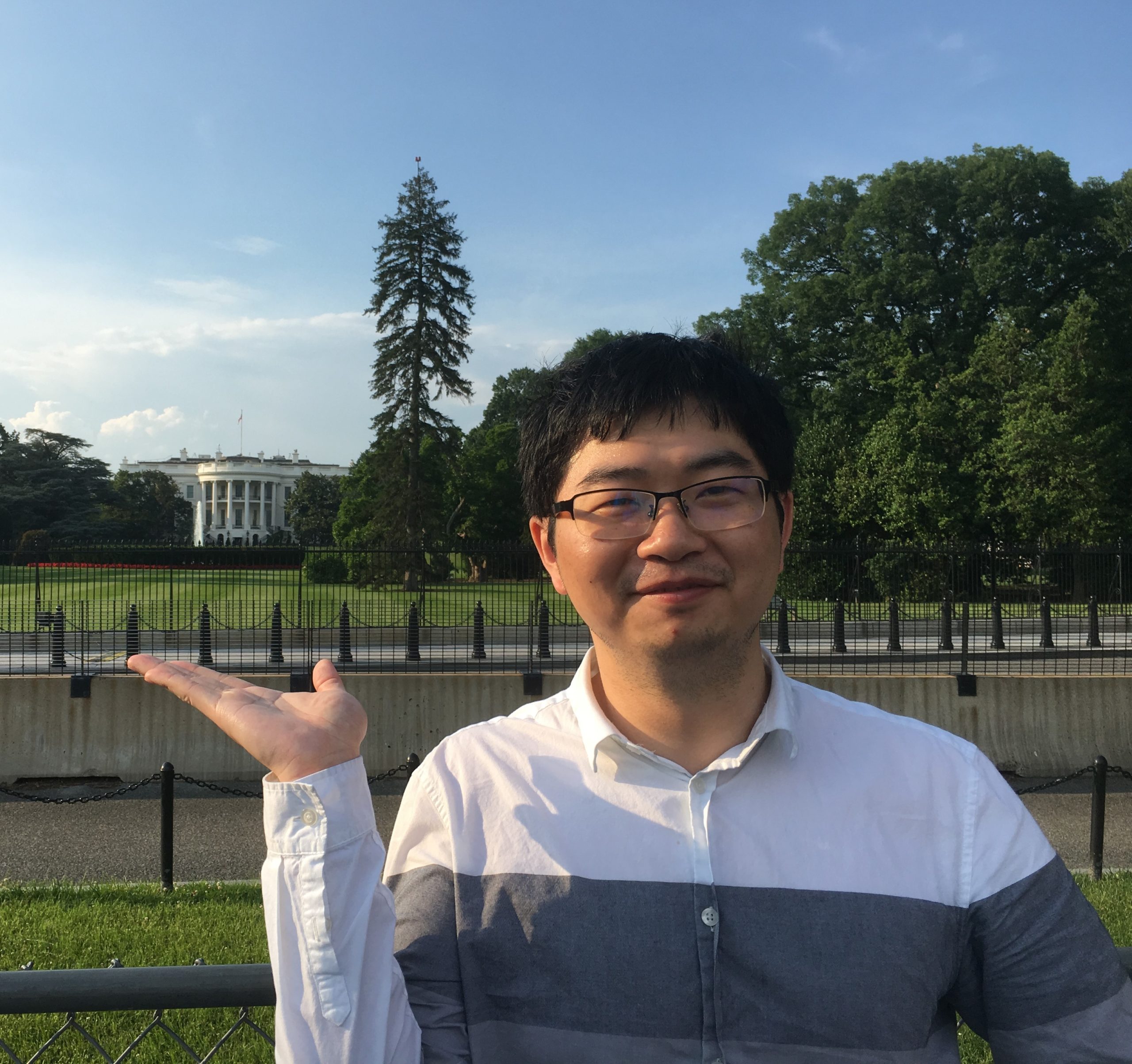Dissertation Defense | RADLAB Seminar
Surface and Volume Scattering Model in Microwave Remote Sensing of Snow and Soil Moisture
This event is free and open to the publicAdd to Google Calendar

Passcode: 485434
Global remote sensing of soil moisture and snow is important for the hydrology cycle, the energy cycle, and the climate system. Radar remote sensing, one of the prevalent remote sensing techniques, can provide continuous day and night observations with high spatial resolutions regardless of weather conditions. The physical basis behind is that the radar signals are scattered by the land surface. The received signals carry information on the physical properties of the illuminated surfaces. To interpret radar signatures and extract interested information, it is important to develop electromagnetic models which are capable to simulate the scattering mechanisms.
The goal of my research has been focused on developing surface and volume scattering models for remote sensing of soil moisture and snow. For surface scattering models, the analytical Kirchhoff model is developed for bistatic scattering for the land application of Global Navigation Satellite System Reflectometry (GNSS-R). In addition, I also apply full-wave simulations based on the discrete dipole approximation (DDA) for the backscattering of rough surfaces from L to Ku band. For the volume scattering part, the dense media radiative transfer (DMRT) for snow with dense ice aggregates is developed for C band radar remote sensing of snow. I have also developed the retrieval algorithm of snow using X and Ku band radar observations and its synergism with passive observations.
Chair: Professor Leung Tsang
 MENU
MENU